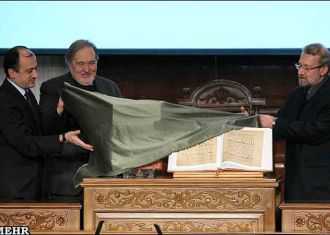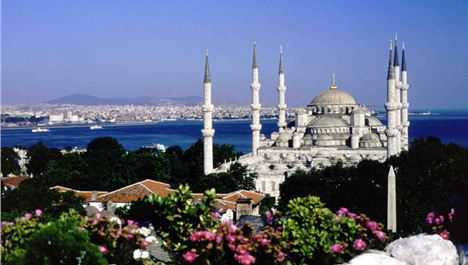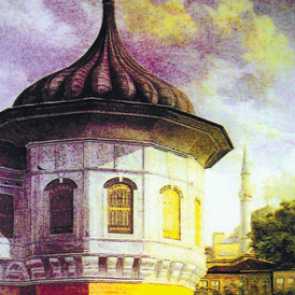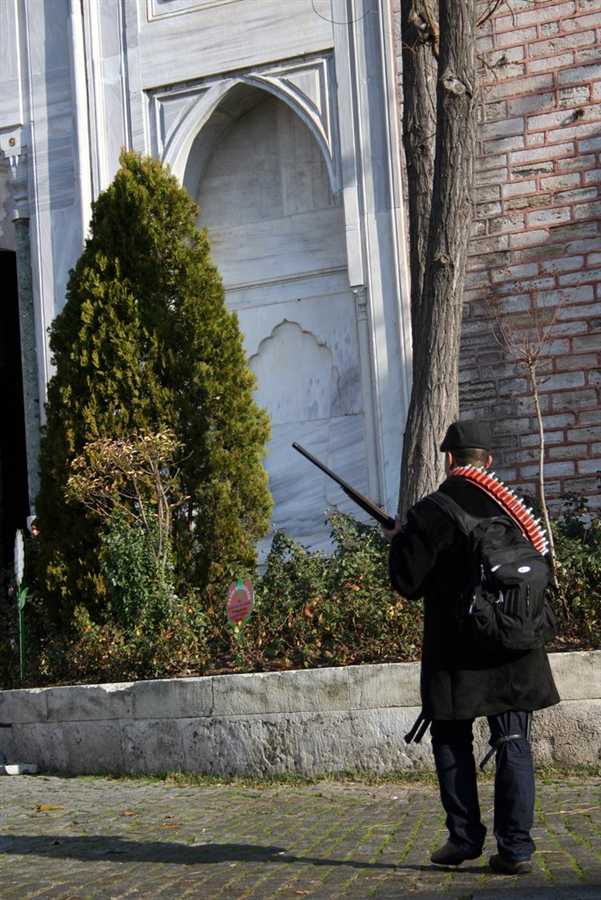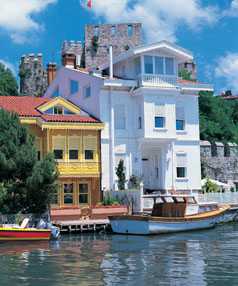The Ayasofya is perhaps the greatest vestige of the Byzantine era. The structure – which measures higher than the Statue of Liberty – has seen countless wars and the rise and fall of several Empires over the course of its 2,000-year history. (Creative Commons)
Straddling two continents at the gateway to the Middle East, Istanbul has been one of the world’s cosmopolitan crossroads for centuries.
This Turkish metropolis, the last capital of the Ottoman Empire, boasts of medieval towers that occupy the cityscape in Istanbul’s Old Town, and modern skyscrapers dominate the skyline on the European side.
Here’s a guide to Istanbul’s finest draws.
Ayasofya
The Ayasofya is perhaps the greatest vestige of the Byzantine era. It was constructed by Emperor Justinian and once stood as the largest Christian cathedral in the world until it was converted into a mosque by the Ottomans. This structure – which measures higher than the Statue of Liberty – has seen countless wars and the rise and fall of several Empires over the course of its 2,000-year history. Today, tourists flock to the Ayasofya to marvel at its architecture and the paintings and mosaics within it.
Topkapi Palace
For almost 400 years, as the Ottomans ruled over Istanbul, Topkapi Palace was home to the sultans and governments of the empire. Sitting atop one of the city’s seven hills, this structure peers over the historic peninsula and out to the seas beyond.
The palace itself exudes exotic opulence from the outset with its tranquil first courtyard that leads to the magnificent Bab-üs Selam (Gate of Salutation). Throughout the rest of the grand complex, visitors will discover scenic courtyards, kitchens, gardens, and apartments, as well as the residences of the Ottoman rulers and governments. Navigating the entire palace can be a lengthy undertaking, but be sure to stop by the Holy Relics room, which holds many of the treasures amassed during a bygone era.
The Bosphorus
The iconic Bosphorus strait bisects the city of Istanbul, creating the boundary between Europe and Asia. Though several bridges traverse the divide, in recent years, the most fashionable way to negotiate the straits is by boat. A cruise up the Bosphorus will take you past some of the city’s most beautiful sites, like the grand Rumeli Fortress and colorful 18th century palaces strewn along the banks. While you may consider skipping some of the more touristy stops, a trip to the Sadberk Hanim Museum to view its impressive collection of Ottoman artifacts is a must for any history enthusiast.
Grand Bazaar
It’s wise to prepare yourself for a trip to the grand bazaar, as the sights, sounds and aromas emanating from this vast weaving network of streets and stalls can sometimes overwhelm the senses. The collection of stalls, restaurants, mosques, tea houses and fountains is said to be among the largest concentrations of stores under one roof in the world. At the center of this massive complex are the Inner Bedesten and the Sandal Bedesten, two large covered markets containing a wealth of vendors and eateries. Just outside the Western Gate lies the Sahaflar Carsisi, an old book bazaar selling new and antique texts in a variety of languages.
via Four ways to discover Istanbul | Fox News.


